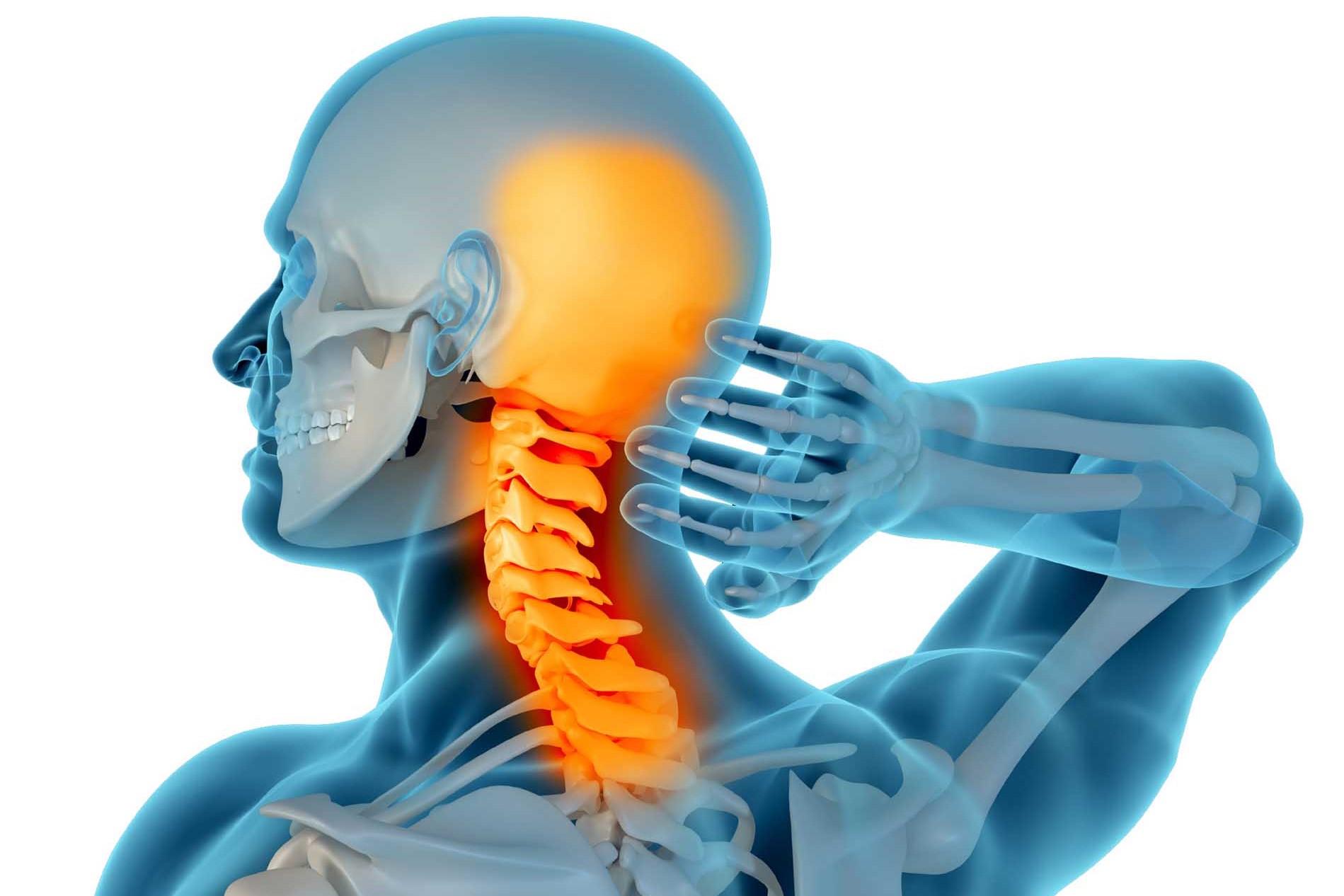
Whiplash: causes and symptoms
Whiplash is a common neck disorder, but not everyone knows what it is and the proper way to treat it to quickly regain normal function
What is whiplash?
By sprained cervical spine, or whiplash, we mean the trauma to the neck caused by a car accident, for example a rear-end collision while standing at traffic lights, but which can also be caused in sports involving physical collisions.
A characteristic symptom of whiplash is the immediate onset of pain, which may continue for several days.
The first phase of the whiplash accident is known as the ‘acceleration’ phase: the body moves forward while the head turns backwards, causing the front muscles to stretch.
The second phase, or ‘deceleration’, sees the head drawn forward with the lengthening of the posterior musculature.
The consequence is a hyper-extension of the muscles, which respond by shortening.
What problems can arise after whiplash injury?
The person affected by whiplash may complain, 24-48 hours after the event, of chewing problems.
In the acceleration phase, the jaw is projected forward, causing the muscles to stretch.
Other complaints caused by whiplash include difficulty in turning the neck, imbalance, muscle tension and headaches in the occipital area, but also tingling in the arms caused by the stretching of the nerve root and the onset of herniated discs.
The use of an orthopaedic collar
Unless the trauma has had more severe consequences, such as bone fractures or nerve damage, the use of an orthopaedic collar is advisable, to be worn for 2-3 days at most, in combination with a therapy based on muscle relaxant drugs and rest.
It is not advisable to immobilise the cervical vertebral column for longer, as this would risk impairing the correct activation of the cervical muscles, which would lengthen both rehabilitation and recovery times.
Movement and early treatment are key to getting back to normal
Keeping the neck moving, such as walking or low-intensity aerobic exercise, can help both the vascularisation and the tissue repair process in the cervical spine, reducing stiffness.
It is also important to treat the injury promptly to prevent the pain from becoming chronic.
Whiplash can in fact trigger conditions that are already present, even if asymptomatic, such as arthrosis and an unexplained discopathy, causing chronic pain to the patient.
THE BEST SPINAL BOARDS? VISIT THE SPENCER STAND AT EMERGENCY EXPO
Exercises to do in case of whiplash
If you are affected by whiplash, you can get your neck moving with low-intensity exercises, to be performed supine on a mat.
For stretching the neck muscles: the chin is bent forward towards the chest and the position held for five seconds, then returned to the starting position.
To flex the muscles: bend the head towards the shoulders, sideways, first to the right and then to the left.
To rotate the muscles: use the opposite limb to flex for twenty seconds, then turn your head until your ear is resting on the mat.
If the symptoms persist, a specialist physiatric examination is recommended.
Read Also:
Visualizing Pain: Injuries From Whiplash Made Visible With New Scanning Approach
Burnout In Paramedics: Exposure To Critical Injuries Among Ambulance Workers In Minnesota
Spinal Column Injuries, The Value Of The Rock Pin / Rock Pin Max Spine Board


